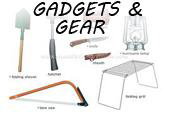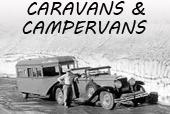Buying the right hiking boots doesn’t mean spending more than you have to or buying more boot than you need. Before you head to your favorite outdoor sporting goods store, give some thought to the type of hiking you plan to do in the boots.
Buying a boot that fits every foreseeable adventure may sound like good planning, but a waterproof boot will leave you with sweating blistered feet after a long mid-summer hike through dry terrain. Consider when, where, and how far you will be hiking. Will you carry a 25 pound pack for several miles over a weekend or 40 pounds over a six-day off-trail trek through the mountains? If you come to a stream, how will you cross it? Straight through the middle and keep on hiking while your boots drain and dry out, or will you keep your boots dry to avoid soggy feet at all costs? Your answers to the questions will determine the type of boot that’s right for you.
Boots come in basically three types:
*Low-cut shoes-These hiking and trail shoes are designed for day hiking and short overnight trips. They give you optimal comfort and cushion, but are not as durable and are less supportive than the other options. They will carry loads up to 25 pounds. Shoe weight can be as low as 1.8 pounds per pair.
*Lightweight hiking/ backpacking boots-These boots are designed for on and off trail hiking and backpacking with light to moderate loads up to 30 pounds. They provide more ankle support than the low-cut hiking shoes, have more cushion, and stiffer soles to support the heavier pack weight. If they are made of leather, they will likely have strips of mesh which is more comfortable in hot weather than an all-leather boot and lighter, too. These boots weigh in at around 2.5 pounds per pair.
*Extended backpacking/mountaineering-The se boots are designed for on and off trail hiking with moderate to heavy backpacking loads of 40 or 50 pounds. They are often made of an all-leather upper which is the most durable material but also the heaviest. These boots weigh in at around 4 pounds per pair. The soles are stiff to support the heavier loads and provide extreme foot protection. The overall stiffness of the upper and sole means the boots can take months to break in properly.
The right boot should be comfortable the first time you put it on, be relatively light weight and flexible at the ball of the foot. Make sure it has the support you’re looking for and doesn’t cause your foot to pronate (crash inward) when walking.












